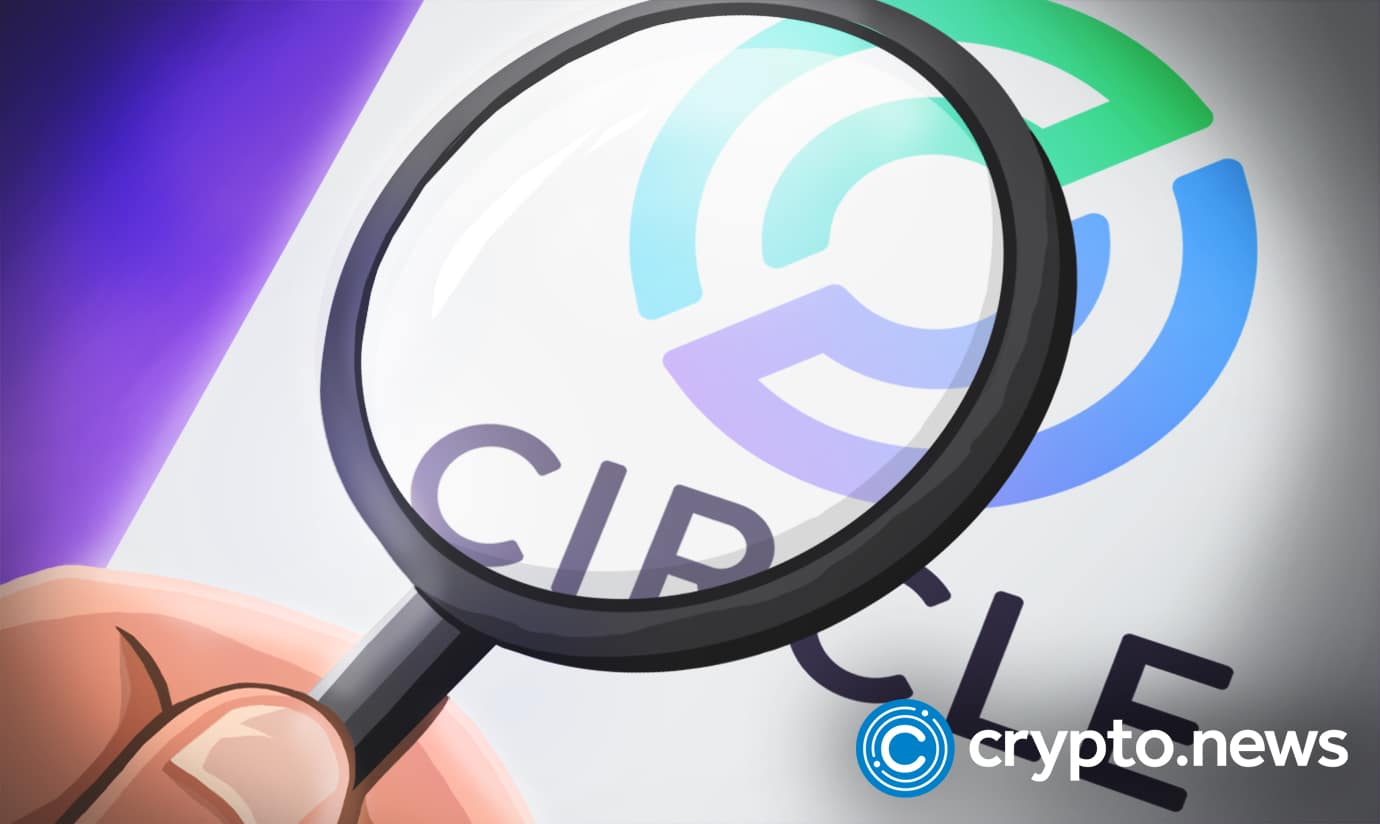
Circle, the issuer behind USDC, has launched a new smart contract platform called Refund Protocol, aiming to bring refunds and dispute resolution to stablecoin payments.
The company announced the launch in an Apr. 17 blog post on its official website. Traditionally, stablecoin transactions act more like cash payments, with no option for users to dispute a charge or request a refund once the payment is sent. There’s no easy way to get a refund if something goes wrong.
Circle’s Refund Protocol changes that by letting users send payments through a smart contract that temporarily holds the funds. If there is a problem, the buyer can ask for a refund, and an arbiter, an unbiased third party, can help to settle the dispute.
The arbiter can only approve a payment or a refund and cannot move the money to another address. Because of this arrangement, the funds remain non-custodial, meaning that no one party has complete control over them.
The system allows for early withdrawals. If the seller wishes to access the funds before the lockup period expires, they may agree to pay a small fee off-chain. A digital signature is used to validate that agreement on-chain, providing flexibility while keeping the process fair and transparent.
Refund Protocol is designed for ERC-20 tokens and includes built-in support for lockups, refunds, and dispute resolution. Circle says the goal is to make onchain payments safer and more useful in everyday transactions.
However, the company acknowledges some challenges. It can be difficult to set up a refund address in advance when users rely on custodial wallets or fiat onramps. Additionally, the protocol uses more gas than a typical token transfer, which might be an issue for businesses that handle a lot of transactions.
Circle’s Refund Protocol is a huge step in improving the reliability of stablecoin payments despite these compromises. It offers a trust-minimized solution for real-world problems, all without giving too much power to any one party.

